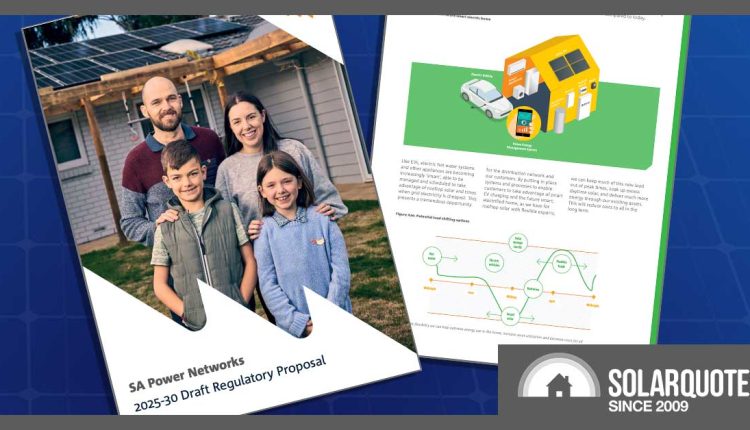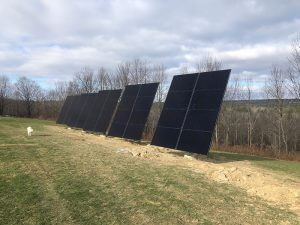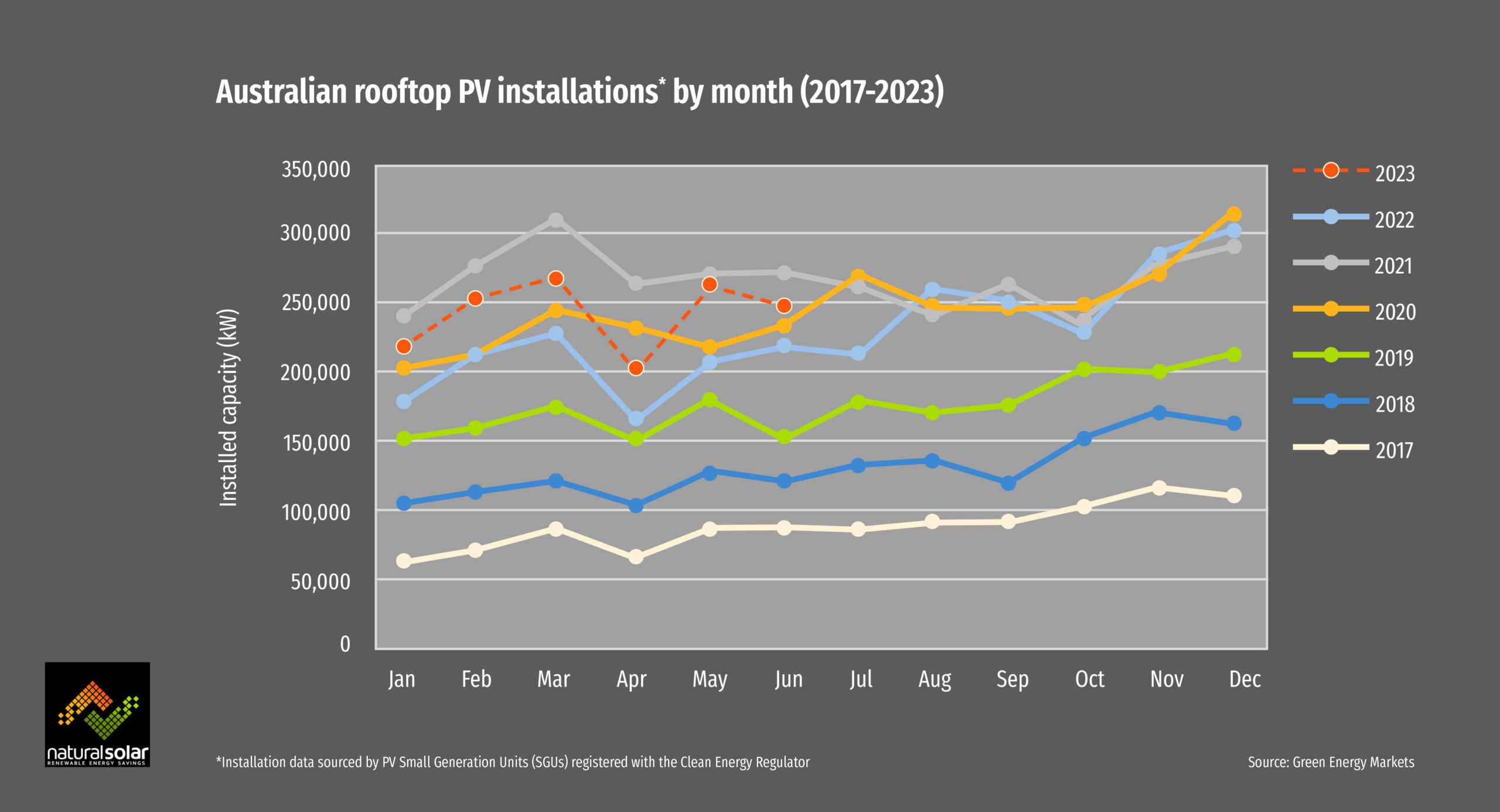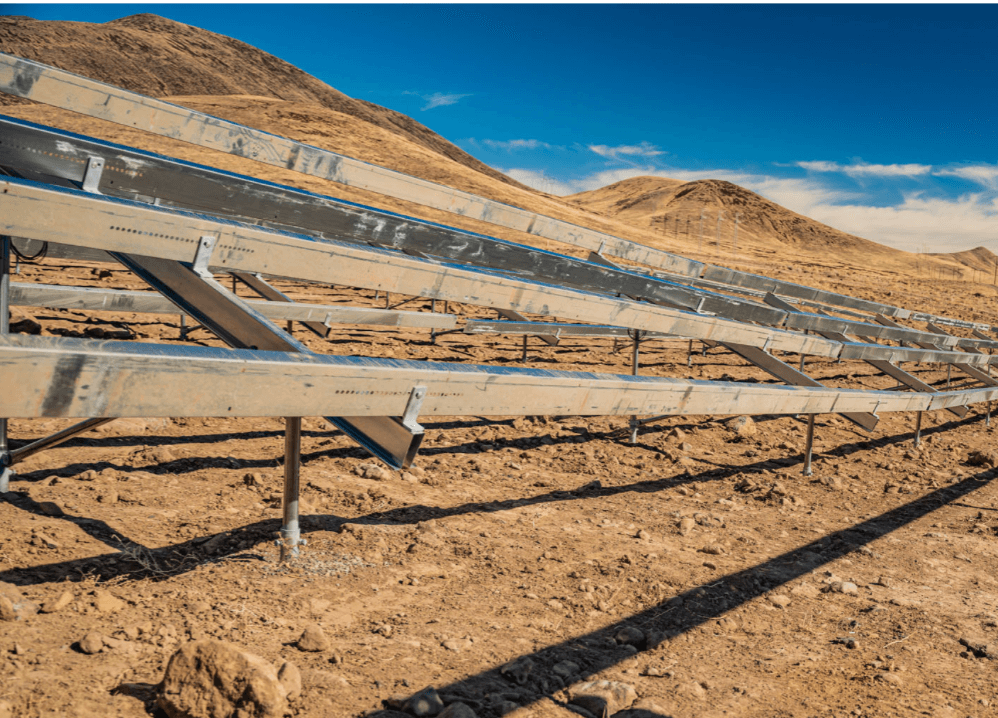SA’s $98 Million Solar And EV Integration Plan: A Model For Australia?
SA Power Networks (SAPN) expects to spend $97.8 million integrating home solar PV and large loads such as electric vehicles into its network in the five years 2025-2030.
That figure emerged in the distributor’s draft regulatory proposal, which is open for consultation until the end of the month. It offers an interesting insight into trends that all Australian electricity distribution networks will grapple with over the medium term.
Solar Power Integration
The lion’s share of SAPN’s spend is $76.8 million for solar power integration.
SAPN wants permission to upgrade both its network capacity and the systems managing that capacity, so customers can export solar electricity while maintaining acceptable service levels. See the article : array. SAPN’s world-leading flexible solar exports mechanism will play a big role.
South Australia currently has 350,000 rooftop solar systems and 40,000 solar batteries. SAPN describes the challenge of so much rooftop solar:
“As rooftop solar continues to grow in the 2025-30 period, however, reverse power flows during mild, sunny weather will exceed the capacity of our network assets across many parts of the network, particularly in the low voltage (LV) network.”
The distributor claims 98 percent of its customers get to export solar energy 95 percent of the time – exports are only curtailed 5 percent of the time. However, with no investment, curtailment will rise, the draft regulatory proposal warns.
So the proposal asks that SA Power Networks can invest in upgrades to address “emerging constraints” on its low voltage network, to improve voltage and increase the export capacity for around 150,000 customers.
“The costs of this program are expected to be broadly aligned to the customer benefits expected by applying the AER Customer Export Curtailment Value”,
…the proposal said.
In plain English: the investment should have minimal impact on customer electricity bills.
Electric Cars On The Rise
SAPN expects that by 2030, there will be 250,000 electric vehicles (EVs) on South Australia’s roads that will charge from rooftop solar panels and/or the grid.
Homes Getting Off Gas
In addition, SAPN expects increased demand as households shift their hot water and cooking from gas to electric. To see also : Capstone Infrastructure brings Canada's largest solar venture on-line.
“In recent years demand on our network has seen relatively little growth due to the widespread uptake of rooftop PV. This has seen investment in the capacity of our network at much lower levels than in earlier decades. While the uptake of PV is expected to continue, this will be more than offset by the increasing demand from electric vehicles and electrification of homes.”
Electricity demand in South Australia is forecast to increase after years of stagnation due to EVs and household electrification.
Dynamic Operating Envelopes
Second, SAPN also wants to invest $15 million, around 15 percent of the CER integration budget, supporting Dynamic Operating Envelopes (DOEs) – the ability to manage import and export for customer resources. See the article : SEIA: Solar rebounds from pandemic in third quarter.
DOE appears to be a fancy term for:
- curtailing solar exports during periods of low demand and high renewable generation
- exporting energy from batteries during periods of high demand and low generation
- shifting loads to periods of lower demand and high generation where possible
This will mean:
- Shifting the current hot water load from the night to the middle of the day.
- Encouraging EV owners to charge during the day when sunny and mild, and overnight if it’s windy
- Solar sponge tariffs encouraging consumers to shift appliance usage to a 10am-3pm super off-peak window.
- Flexible solar exports – curtailed on sunny, mild days.
- More batteries acting to support the network via VPP-style arrangements.
The “business as usual” approach of building more capacity or paying third parties to reduce demand or draw down on storage won’t be sufficient in the future. Instead, SAPN said, the advent of DOEs allows it to manage the load side better.
SAPN wants to develop “flexible load” connection services, and to achieve that, it needs to “extend the ICT systems, technical standards, network capacity models and business processes developed to support flexible export connections and a full ‘DOE’ solution for import and export”.
A further $6 million is budgeted for regulatory compliance, which the regulatory proposal explained includes “data analytics to detect non-compliance, taking advantage of the expected increase in available data from smart meters in 2025-30”.
Non Compliant Solar Installations Are A Problem
SAPN said that at the moment both AEMO studies and its own research suggest high non-compliance with technical standards “across the population of installed equipment in South Australia”.
In other words, South Australian solar installers are not:
- configuring inverters’ Volt-Var response levels (40% compliance)
- implementing remote disconnect (49% compliance)
- implementing flexible exports (71% compliance)
As SQ’s Anthony recently wrote:
“Compliance is awful at the moment. Inputting the correct Volt/Var settings should be a 2-minute job, but it has only 40% compliance. With mandatory remote disconnect, more systems are being installed without it than with it.”
Have Your Say
SA Power Networks is bracing for a future shaped by solar power, electric vehicles, and households shifting from gas to electric. With a $97.8 million investment plan, the stakes are high, and the distributor’s approach will be under the public lens until the consultation process concludes at the end of the month. Let SAPN know your thoughts on their proposals here.






Comments are closed.